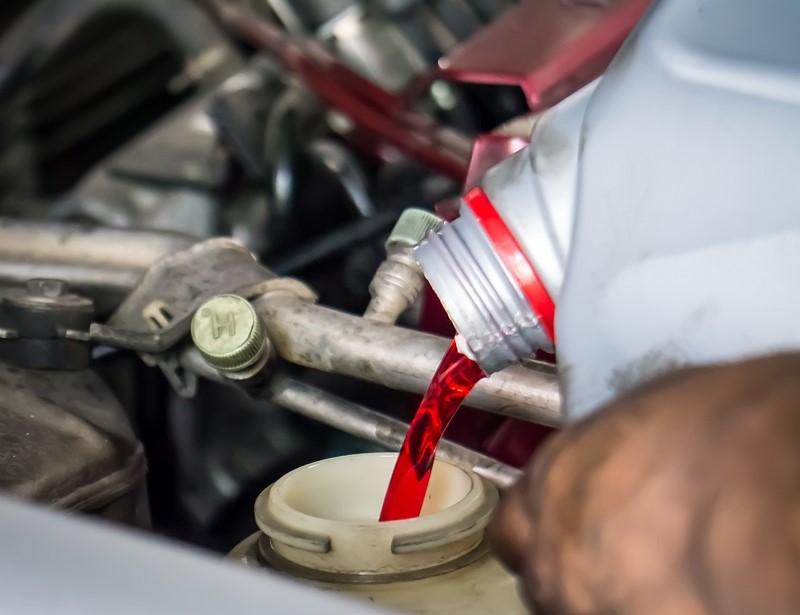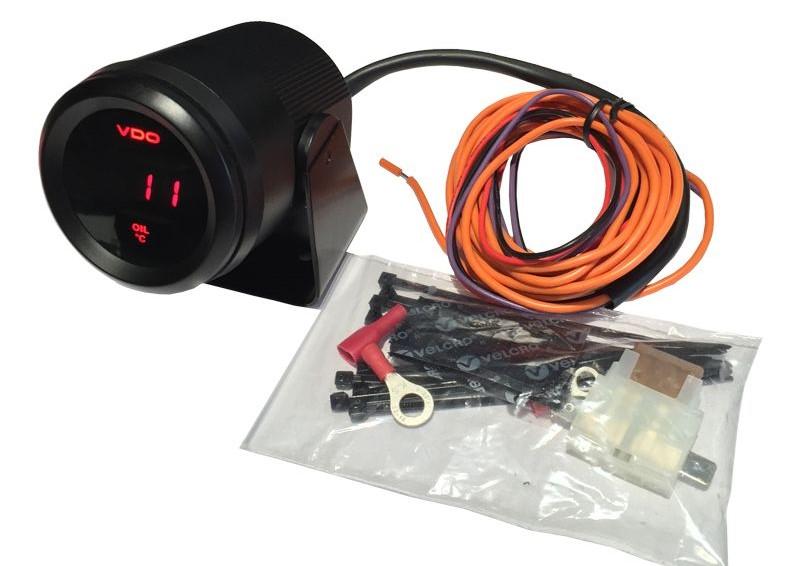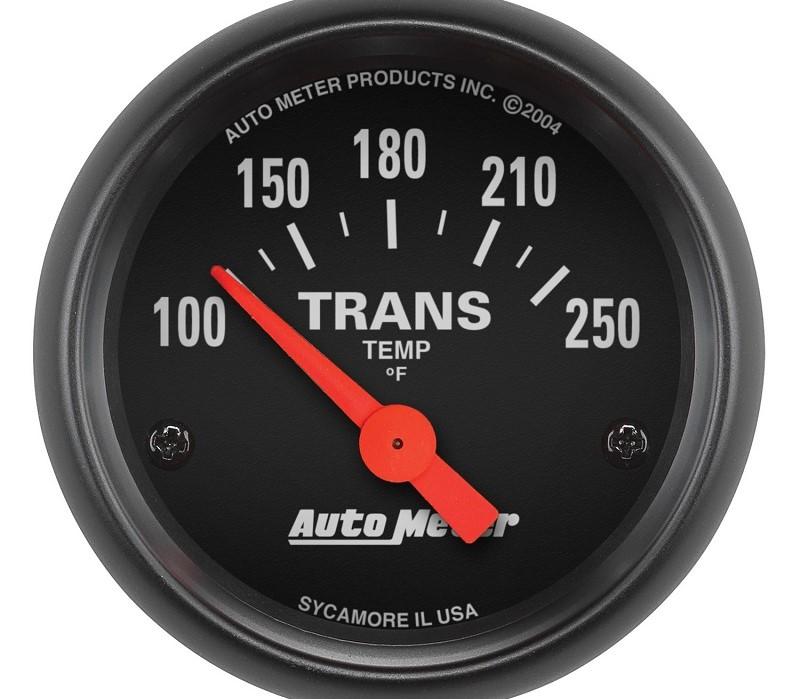Maintaining the normal transmission temperature is integral to keeping it functional for a long time. Overheating is such a major issue that it causes almost 90% of automatic transmission failures.
What triggers the overheated condition? It could be several things but the main culprit is overworked transmission fluid. It is the lifeblood of the whole gearbox system. Anything wrong with it will affect the transmission’s functions and its lifespan.
Contents
What Are Normal Transmission Temperatures?
Your car is safe when the temperature of the gearbox fluid hovers between 175 and 225 degrees Fahrenheit. Keeping it less than 175°F indicates a healthy condition and ensures long mileage. On the contrary, it’s alarming when it crosses 225°F. Every 20 degrees past that threshold will cut the life of your transmission by half.
Moreover, the ideal operating temperature of the transmission fluid is 175 degrees. And overheating will occur after the temperature surpasses 200 degrees.
Why Does the Transmission Fluid Heat Up?
The parts of the gearbox rub against each other and the subsequent friction creates a great amount of internal heat. The fluid churns inside the torque converter, gears, bearings, clutch plates, and other parts and its temperature increases with the car in motion.
If all the components are functional and you are driving at a normal speed, the ideal transmission temperature is 175°F or less. The fluid will last forever or up to 160,000 km to be precise if you can always drive at that temperature.

However, dirt in the fuel or components, lack of regular maintenance, damaged or broken parts, low transmission fluid, driving at a high speed for a long time, and a couple of other reasons cause the transmission fluid to heat up. The problem is the fluid quality and life starts plummeting once the heat starts to build up and crosses the safe limit.
Watch more:
- What Happens When Transmission Temperature Light Comes On?
- Why Manual Transmission is Hard to Shift?
What Happens in the Overheated Condition?
Overheat destroys the fluid’s lubricating qualities and the ability to friction. A highly heated state oxidizes it and makes it form varnish on the internal parts of the components such as the valve body.
When the temperature crosses 250°F, it hardens the rubber seals and leads to their cracking. As a result, these seals leak both pressure and liquid. When the heat reaches nearly 290°F, the transmission starts slipping and stops functioning with the burning out of seals and clutches.
Overheated fluid discharges a burnt toast-like smell and looks brown to dark in color. You should check it regularly to avoid costly transmission repair or replacement jobs down the road.

How to Prevent Overheating?
Regular maintenance and checkup are the keys to keeping ideal transmission temperature. Inspect the components to see if they are showing any wearing signs. The fluid should be at the right level and color. Normal fluid looks red or dark red but it’s a matter of concern when it develops a brownish tinge or turns dark. Besides, you can use a temperature gauge to find out how hot the transmission is. It will help you take action at the right time.
Watch more about the topic in this video:
https://www.youtube.com/watch?v=vFWwLObRLkM
There are some methods to cool down the transmission temperature that you can refer:
Check the fluid level
Ensure that the transmission fluid is at the correct level. Low fluid levels can lead to overheating, so if it’s low, top it up as per your vehicle’s specifications.
Inspect for leaks
Look for any signs of leakage in the transmission system, such as puddles or wet spots under your vehicle. Leaks can cause fluid loss, leading to overheating. If you find any leaks, have them repaired by a qualified mechanic.
Maintain proper engine cooling
The engine’s cooling system plays a significant role in keeping the transmission fluid cool. Make sure that your vehicle’s cooling system is in good working condition. Check the coolant level and have the radiator and cooling system inspected regularly to ensure efficient cooling.
Avoid extreme driving conditions
Heavy towing, driving in hot weather, or stop-and-go traffic can put additional stress on the transmission and cause fluid overheating. If possible, avoid these conditions or take breaks during extended periods of driving to allow the transmission to cool down.
Install an auxiliary cooler
Consider adding an auxiliary transmission cooler if you frequently engage in demanding driving conditions or towing. An auxiliary cooler helps dissipate heat from the transmission fluid more efficiently, reducing the risk of overheating.
Install a temperature gauge
Installing a transmission temperature gauge allows you to monitor the fluid’s temperature accurately. If you notice that the temperature is consistently high, it’s an indication that the cooling system may need attention.
Service the transmission regularly
Regular maintenance, including fluid changes, can help keep the transmission operating within proper temperature ranges. Follow the manufacturer’s recommended service intervals and use the specified type of transmission fluid.




Hello,
Thanks for your very useful blog!
I just purchased a 2017 Toyota Camry with a U760E transmission. While installing an inline transmission filter I discovered that the fluid looked brown and worn, given that the car only has 10,000 miles. After checking with a ScanGuage I found the transmission was running at 194F, right where Toyota say’s it should, but given the fluid condition I think that temperature is too hot. I installed a transmission cooler and I now have the transmission running at 168F. My question – is 168 too cool for this transmission? Should I try using a baffle on the cooler to bring the temperature up a few more degrees, or should I just run it at 168? Also, at this temp there are no error codes or “check engine” lights. The car seems happy. Thanks for any thoughts on this!
Vince
Hi Vince McKenney
I use the Nissan sylphy (Sentra in USA 1.6 cvt 2013 in Thailand) i monitor form OBD II Port check on program CVTZ50 I found the Tranmission in 184-188 ℉ in normal mode on the road with traffice jam in Bangkok every days. I think that Temperature is too hot.
I installed a transmission cooler 19 row and i Check Temp Tranmision running at 150 ℉ i think it so cold .
and After Install 4 month i Remove the Tranmission cooler and i think the temp is normal in 165 -210 ℉ is very good for me.
Regard,
Alongkot Doangkulsa